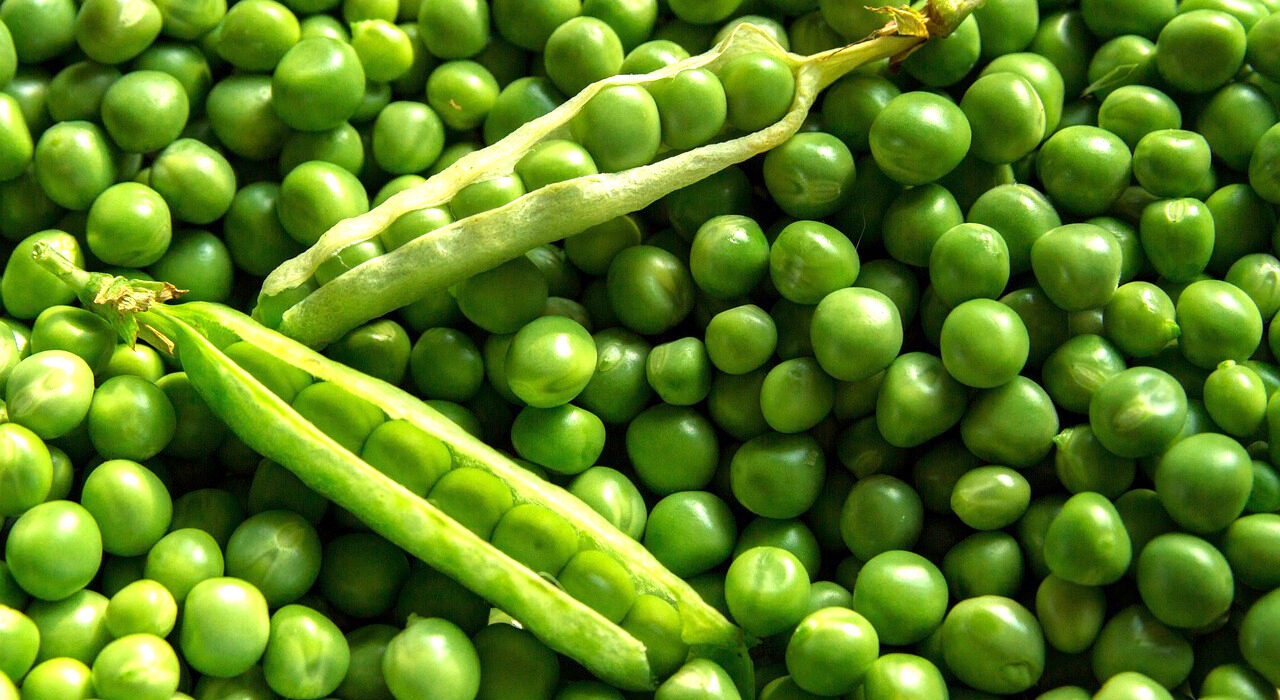Garden peas, commonly known as minji in Kenya, are a popular crop with both local and international demand. Due to their versatility and relatively low maintenance, they have become a preferred choice for many farmers. This guide explores everything you need to know about minji farming in Kenya, from the best varieties to plant, ideal ecological conditions, and management practices, to harvesting and market opportunities.
Why Garden Peas Farming Is Popular in Kenya
Garden peas farming has gained traction among Kenyan farmers due to its economic viability and relatively short maturity period. The crop thrives well in Kenya’s varied climatic conditions, making it suitable for cultivation in several regions. Additionally, with the growing demand for fresh vegetables in local markets and for export, minji farming presents a promising opportunity for farmers looking to maximize profits.
Ideal Growing Regions for Garden Peas in Kenya
Garden peas thrive in high-altitude regions with cool temperatures, making counties like Nyahururu, Kiambu, Murang’a, Meru, and parts of Nakuru ideal for cultivation. These areas typically experience the right temperature range, soil conditions, and rainfall levels needed for optimum growth.
Varieties of Garden Peas (Minji) Grown in Kenya
While there are numerous varieties of garden peas, the following are the most commonly grown in Kenya due to their adaptability and high yields:
- Summerwood: Known for its resilience and high yield, this variety is popular among farmers looking for consistency in production.
- Green Feast: This variety produces tender, sweet peas that are favored in local markets and by consumers for their taste and texture.
Ecological Requirements for Garden Peas
For successful garden peas cultivation, consider the following conditions:
- Soil: Garden peas do best in deep, fertile, and well-drained sandy-loam soils. Ensure that the soil has a pH between 5.6-6.5 for optimal growth. Conduct a soil test before planting to determine if amendments are needed.
- Temperature: A temperature range of 10-30°C is ideal for garden peas. While they can tolerate cooler temperatures, prolonged exposure to temperatures above 30°C can hinder their growth and reduce yields.
- Rainfall: An average annual rainfall of 400-500mm is recommended. While garden peas require a lot of moisture, waterlogged conditions can harm the plants, making proper drainage essential.
Planting and Management of Garden Peas
Planting
Propagation is done by direct sowing of seeds in moist soil. The best time to plant is at the onset of the rainy season, as the crop requires sufficient moisture to establish. During dry periods, irrigation can be employed to maintain soil moisture.
- Spacing: Plant the seeds in rows, maintaining a spacing of 45 cm between rows and 7 cm between individual plants within a row. With this spacing, 8-10 kg of seeds is enough to plant one acre.
- Fertilization: After planting, top-dressing with Di-ammonium Phosphate (DAP) is advisable to provide the plants with essential nutrients for early growth.
Pest and Disease Management
Like most crops, garden peas are susceptible to various pests and diseases that can affect yield if not properly managed.
- Common Pests: These include caterpillars, thrips, spider mites, aphids, and cutworms. Regular monitoring and the use of pesticides or insecticides like Thunder can help control pest infestations. Crop rotation is also effective in breaking pest cycles.
- Common Diseases: Black spots and blight are common diseases that affect garden peas. Control measures include maintaining good field hygiene, practicing crop rotation, and using fungicides like Redomil.
Harvesting Garden Peas
Garden peas are a fast-maturing crop, with most varieties ready for harvest between 60-70 days after planting. Harvesting can be done when the pods are still green or after they have dried, depending on market needs.
- Green Harvest: If targeting the fresh market, harvest the pods while they are tender and green. Green peas have a shorter shelf life but fetch a good price in local markets, supermarkets, and for export.
- Dry Harvest: Dried peas have a longer shelf life and are less perishable, making them ideal for longer storage or bulk sales. The choice between green and dry harvesting often depends on market demand.
Market Opportunities for Garden Peas (Minji) in Kenya
The market for garden peas in Kenya is vibrant, with opportunities both locally and internationally:
- Local Markets: Minji can be sold in open-air markets, grocery stores, supermarkets, and to hotels and restaurants. Prices vary depending on the season, with a kilogram retailing between Ksh 60-85. The demand tends to peak during dry seasons when fresh produce is scarce.
- Export Markets: Kenya’s garden peas are also in demand in international markets, particularly in Europe. Farmers can sell their produce to exporters who handle the processing and logistics for the export market. Exporters often have specific requirements for quality, so maintaining high standards during production is crucial.
Tips for Successful Garden Peas Farming
- Select the Right Variety: Choose a variety that suits your region’s climate and soil conditions for better yields.
- Invest in Soil Health: Conduct regular soil tests and use appropriate fertilizers to ensure nutrient-rich soil for healthy crop growth.
- Practice Crop Rotation: Rotating crops helps prevent the build-up of pests and diseases in the soil, ensuring healthier plants and better yields.
- Monitor Pests and Diseases: Regularly inspect your crops and address any issues promptly to avoid significant losses.
- Plan for Market Access: Before planting, identify potential buyers and understand market demand to ensure that you have a ready market once the crop matures.
Garden peas (minji) farming in Kenya presents a lucrative opportunity for farmers, thanks to its relatively low input requirements and quick returns. With the right approach, including selecting suitable varieties, maintaining proper field hygiene, and targeting the right markets, farmers can enjoy good returns from this crop. Whether aiming for local markets or export opportunities, minji farming can be a profitable venture for both small-scale and commercial farmers in Kenya. Happy farming!





